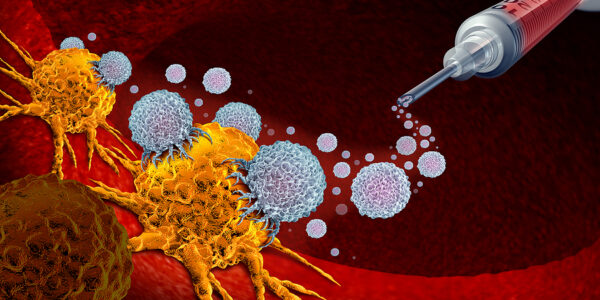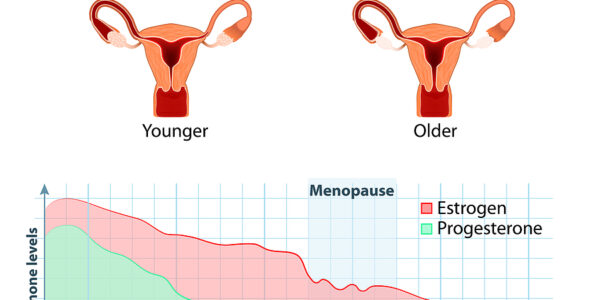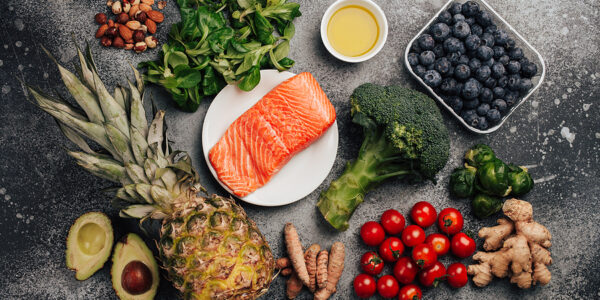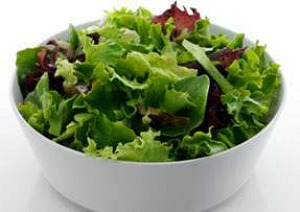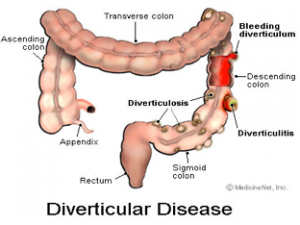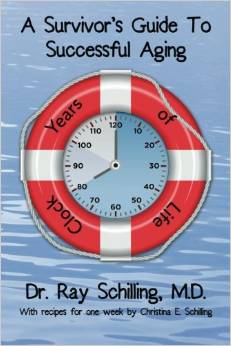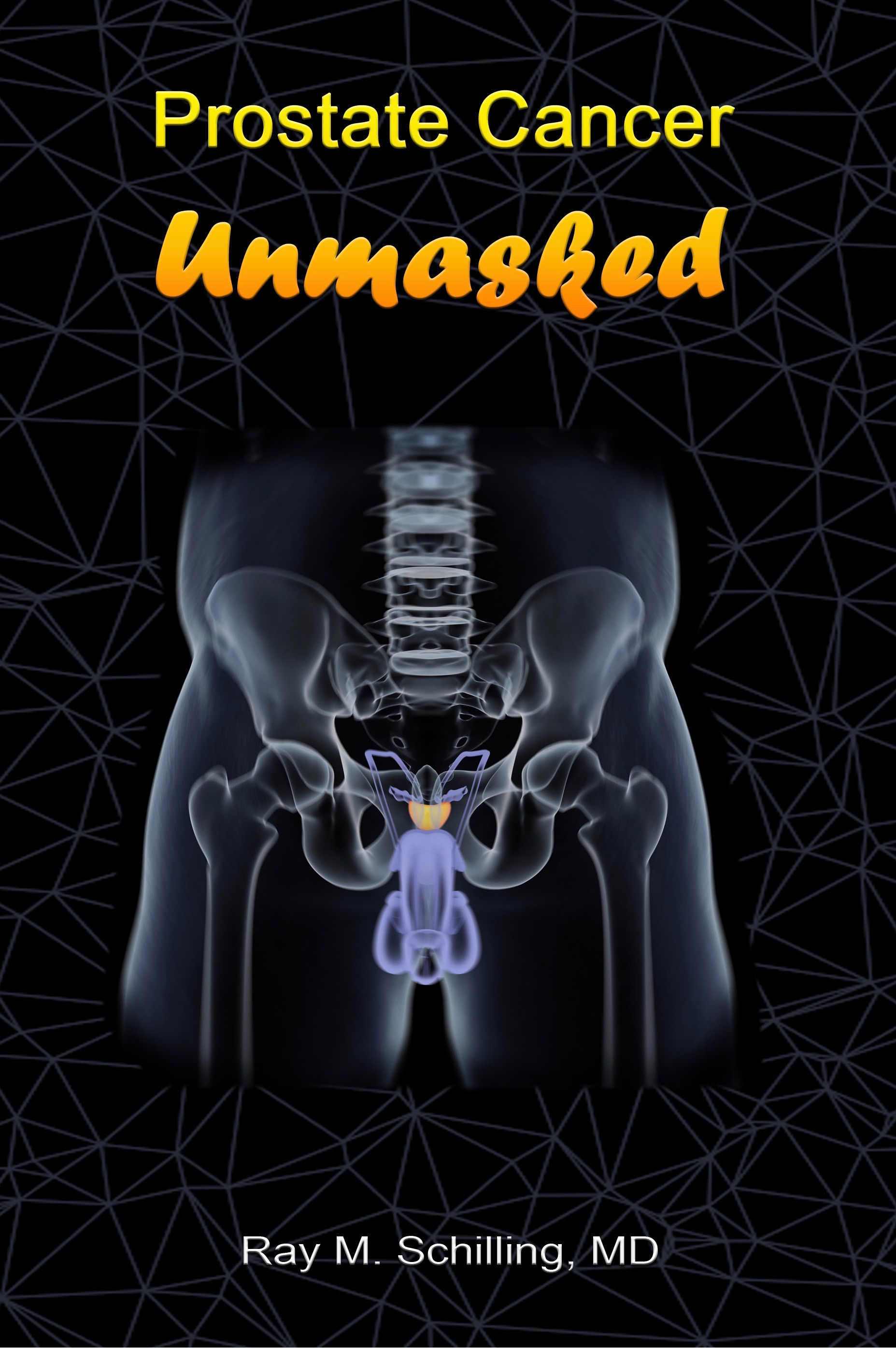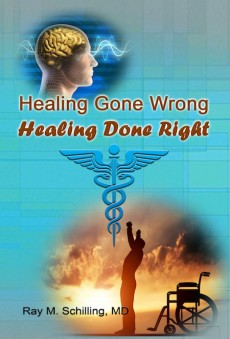Prenatal vitamin supplements are the norm, as folic acid has been known to play a role in the prevention of neural tube defect. Generally they are taken once pregnancy has been confirmed.
Dr Jorge Chavarro from the department of nutrition at the Harvard School of Public Health in Boston pointed out, that multivitamin supplementation has its place earlier than just after the pregnancy test has become positive. In one of the largest studies involving 18,000 married pre-menopausal women, regular use of multivitamin supplements were associated with a decrease of infertility. The key is in the regular use. Women who took two multivitamin tablets per week had similar infertility rates as women who did not take supplements at all. Those who took 6 or more multivitamins had a 40% lower risk of anovultation, a condition where no eggs are released by the ovaries.
Most of the women were Caucasian between the ages 24 and 42.
The importance of nutrition is coming increasingly into the forefront in reproductive medicine. One condition known as polycystic ovary syndrome (PCOS) is often a reason for infertility. It is one of the red flags that point to the condition of insulin resistance, and it manifests itself in menstrual irregularity and higher levels of androgens, often showing as increased facial hair. As the metabolism is headed for trouble, diabetes, high blood pressure, high cholesterol and heart disease would tend to develop.
Researchers at Columbia University in New York conducted a pilot study to see if insulin sensitivity in women with PCOS could be improved. Cinnamon, a well-known spice, has been known to have a favorable effect on the insulin response of the body. Researchers found that eight weeks of treatment with cinnamon extract significantly decreased fasting glucose and insulin resistance in women with polycystic ovary syndrome.
Dr. Jeff Wang who conducted the study reported that no side effects or adverse reactions were reported throughout the study period. If large-scale prospective studies confirm these findings, then recommending cinnamon as a dietary factor may be a simple, inexpensive lifestyle change that can be easily followed. Reducing insulin resistance is a key to improve the overall health status in patients with PCOS, and it ties in with reproductive health benefits as well.
More information about infertility: http://nethealthbook.com/womens-health-gynecology-and-obstetrics/infertility-php/
Reference: The Medical Post, November 14, 2006, page 32
Last edited November 2, 2014
